Great National Himalayan Park - The first and only exclusive World Heritage Sites in Himachal Pradesh
This year was very special for Himachal Tourism, when Great National Himalayan Park is declared as state's first and only exclusive World Heritage site in Himachal Pradesh. It's really a proud moment for appreciators of Himalayan State of India and folks who visited these beautiful terrains of India.
There are some of the most interesting and challenging treks in Great National Himalayan Park of Himachal Pradesh. I have been to Shrikhand Mahadev Trek few years back, apart from easy and medium level treks in GNHP.
GNHP was established in 80s and is spread over an area of 1100+ square kilometers. It's situated at an altitude of 1500-6000m. The Great Himalayan National Park is a habitat to numerous flora and more than 350+ fauna species, including mammals, birds, reptiles, and insects etc. Above photograph from GNHP talks a lot about it's landscapes, weather and lot more which is difficult to express in words.
The Great Himalayan National Park (GHNP) is one of Indian national parks which is located in Kullu region of Himachal Pradesh. GNHP was added to UNESCO list of World Heritage Sites for criteria of 'exceptional natural beauty and conservation of biological diversity'.
The Himalayas are the largest, tallest and geologically youngest mountains on our planet. Do you realize that? If not, just read the first line of this paragraph again. In India, Himalayan terrains are known as Dehvbumi (the land of Gods). The unique ecological aspects of the Western Himalaya led to the creation of the Great Himalayan National Park (GHNP) in the Kullu district of India's Himalayan state.
GNHP is also known for it's biodiversity, sparse human populations, inaccessibility, little tourism (eco-tourism) and a local economy based on traditional livelihoods. Although some of the livelihoods of GNHP are controversial for many decades now.
Few years back, very less people used to know about this part of Himachal Pradesh. Gradually people started noticing the unmatchable natural beauty of Great National Himalayan Park. And then local communities started building tourism opportunities around GNHP. I know some of the great organizations working in Eco-tourism space which offer great experiences of GNHP and ensure that tourists and travellers in GNHP behave responsibly.
A trek of more than 40 kilometers in any of valleys of GNHP brings you into the high altitude habitat of animals such as blue sheep, snow leopard, Himalayan brown bear , Himalayan Tahr and musk deer. In the beginning of winters, these animals start the migration to lower altitudes. This starts around end of September or october.
GNPH lies between Kullu and Kinnaur. If you search for GNHP on Google Maps, it starts near Banjar, Shainj and on the other side it almost touches the areas around Key in Kinnaur.
How to reach - There are various entry points for Great Nationa Himalayan Park. One is from Aut which comes on the way from Chandigarh to Kullu and others are on Shimla-KInnaur highway. From both these highways, you need to take local bus or a cab to enter into GNPH. It never touches the main highways.
Main things to do at Great National Himalayan Park -
- Trekking
- Camping
- Biking
- Birding
- Photography



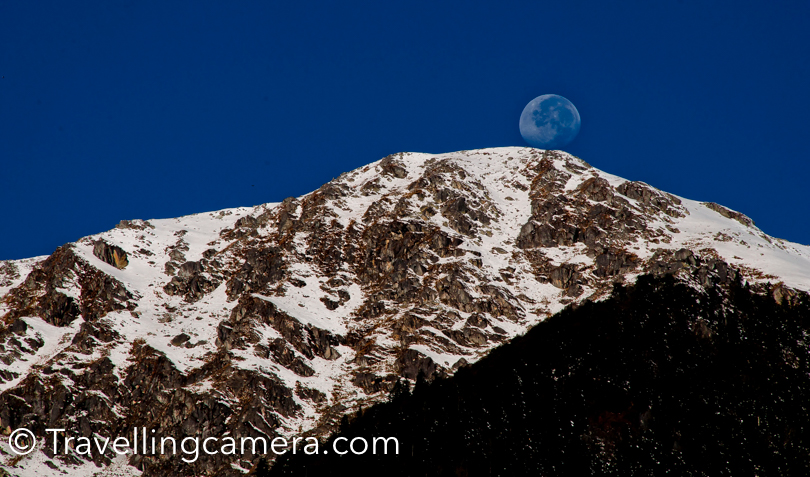



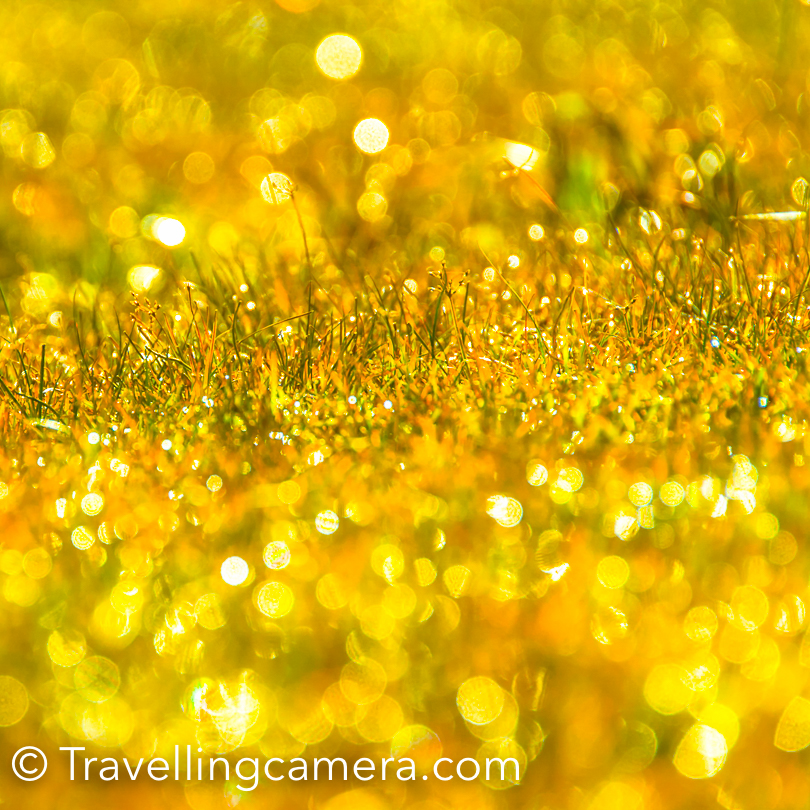

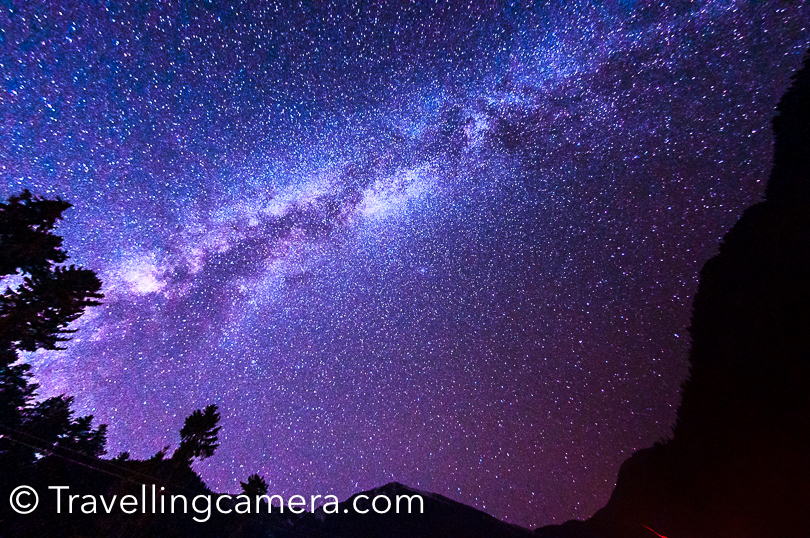
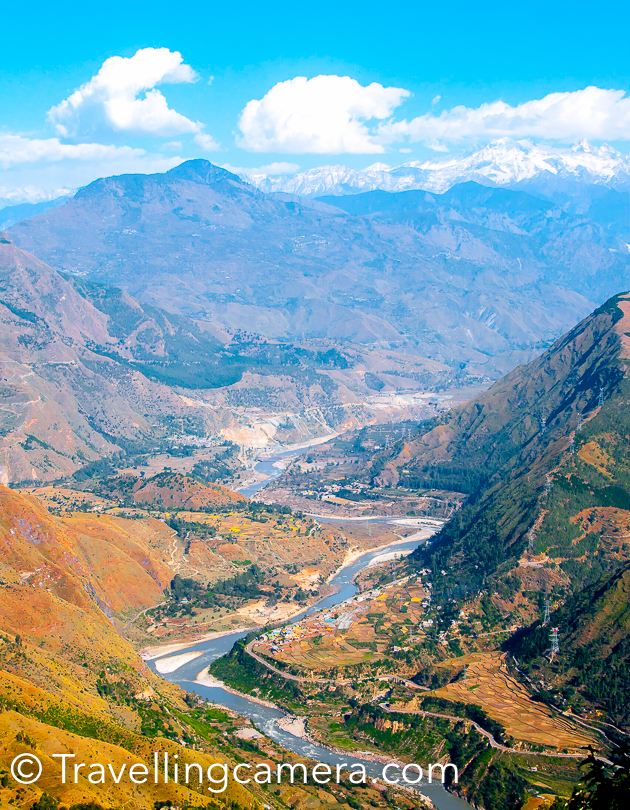
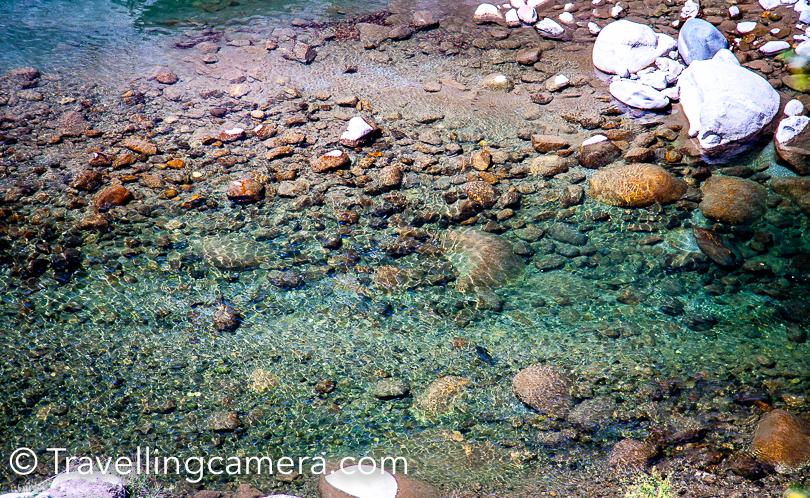

.jpg)
Comments
Cheers
Ami @ www.thrillingtravel.in
Travelshoebum